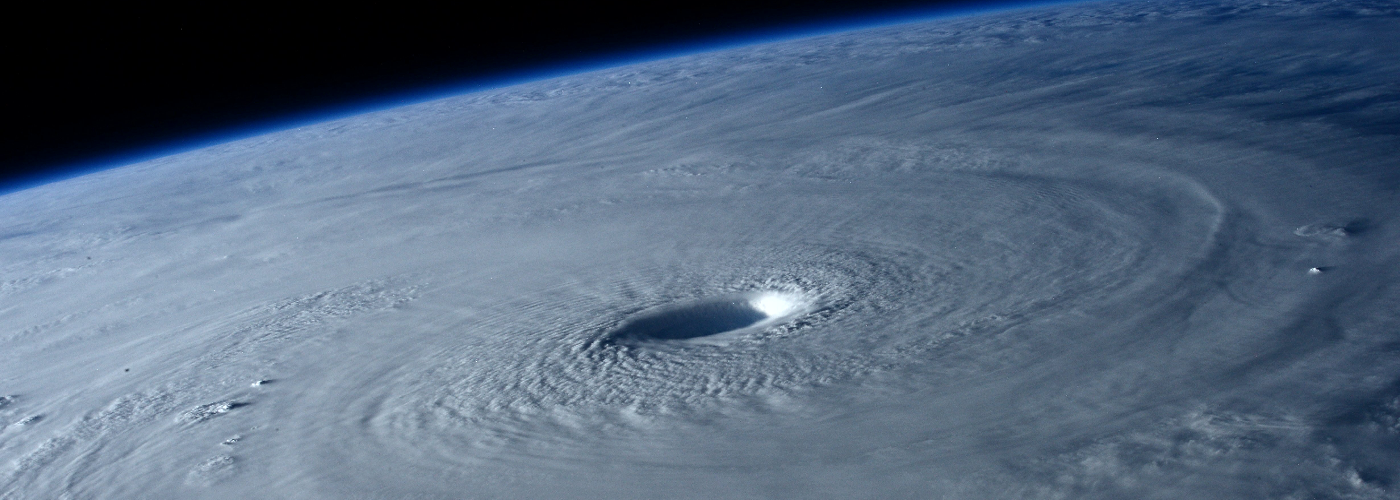

It was a storm that wrought over $25 billion in damage and was directly responsible for the deaths of 16 people as it roared ashore near Mexico Beach, Florida last October. A recent reanalysis of the weather data collected as Hurricane Michael made landfall has revealed that the storm was stronger than initially thought – a rare Category 5 on the Saffir-Simpson Hurricane Wind Scale. This makes Michael only the fourth Category 5 hurricane on record to strike the United States.
Initially forming in the Western Caribbean, just east of the Yucatan Peninsula, on October 7, Michael would attain hurricane status as it worked northward into the Gulf of Mexico. In the 24 hours before landfall, Michael underwent a period of rapid intensification, with the storm’s central pressure dropping 42 millibars. Unfortunately for the residents of the Florida Panhandle, especially in the vicinity of Mexico Beach, Hurricane Michael reached maximum intensity just as it was making landfall.
Upon re-examining the velocity data from Doppler radar sites near the landfall of the hurricane and correlating it with data collected from hurricane hunter aircraft, as well as satellite intensity estimates, Michael’s maximum sustained winds at landfall have now been estimated at 160 mph. This now bumps up Michael into the Category 5 range on the Saffir-Simpson Hurricane Wind Scale which starts at 157 mph. Michael’s minimum central pressure of 919 millibars is the third lowest on record for a U.S. landfalling hurricane, behind only the Labor Day Hurricane of 1935 and Hurricane Camille in 1969.